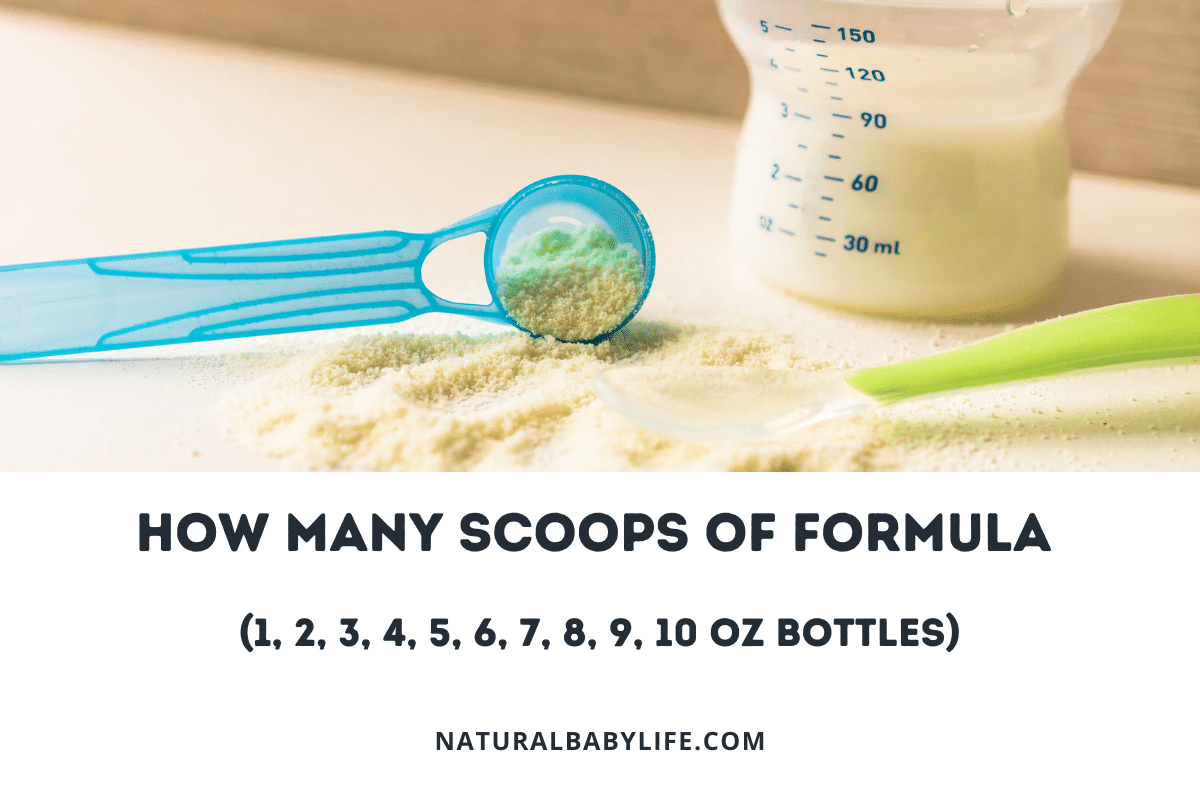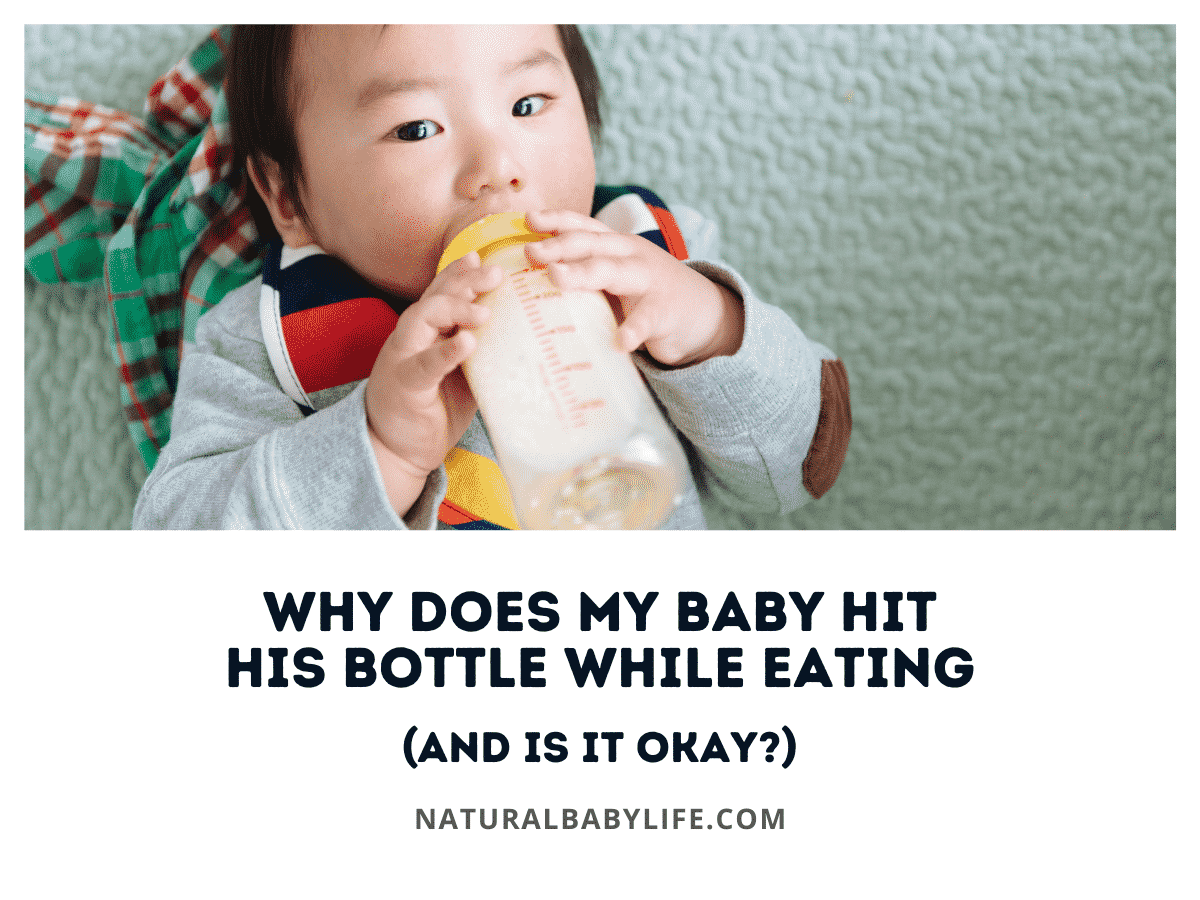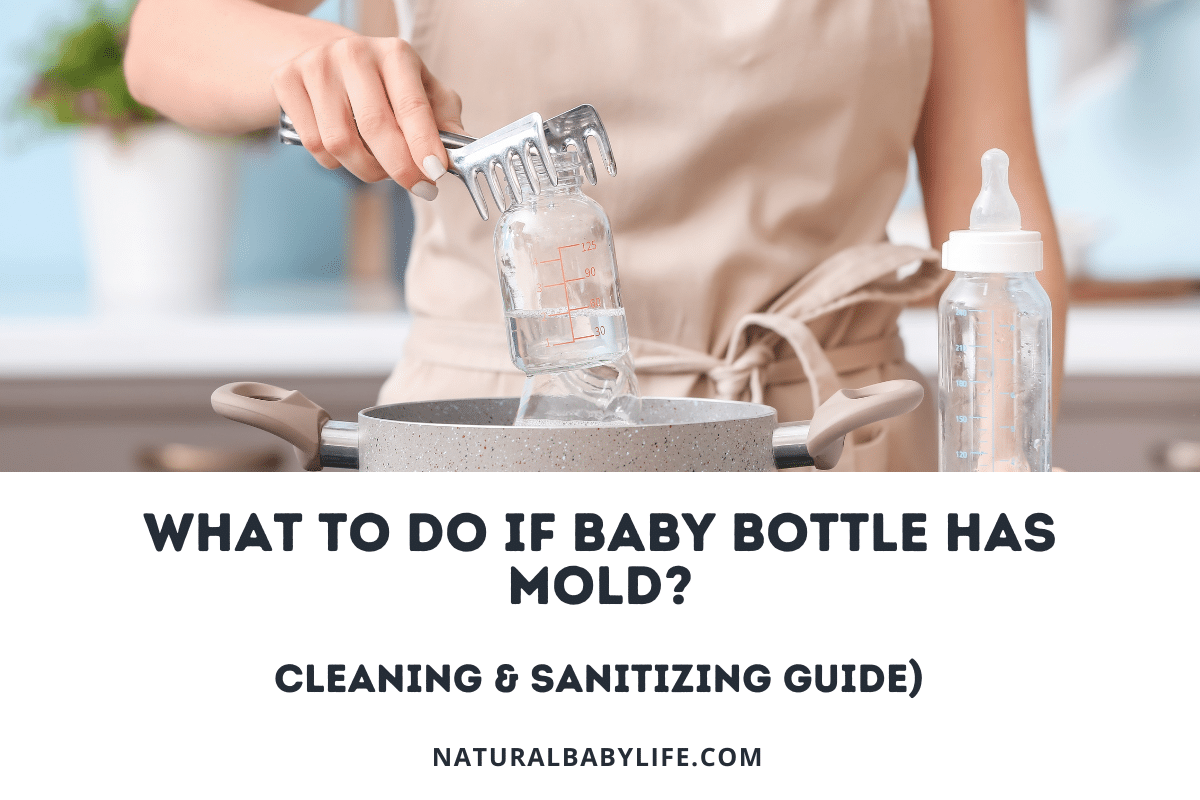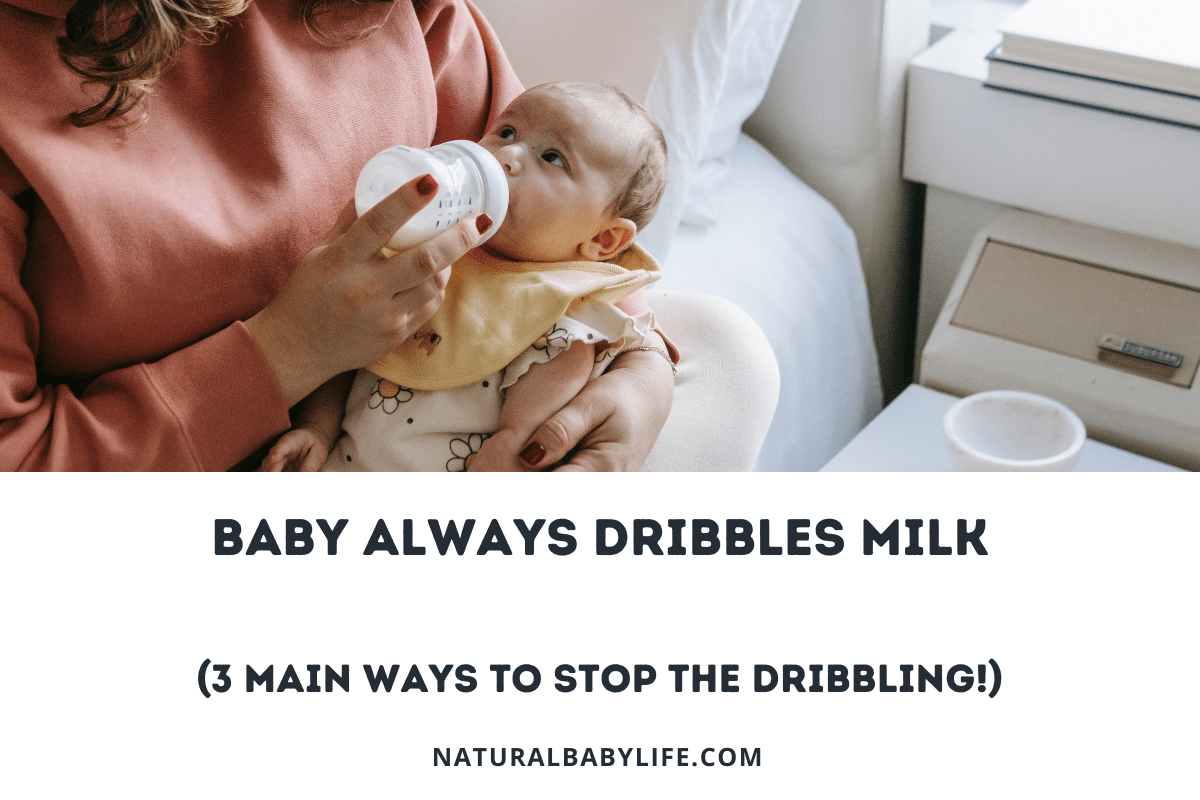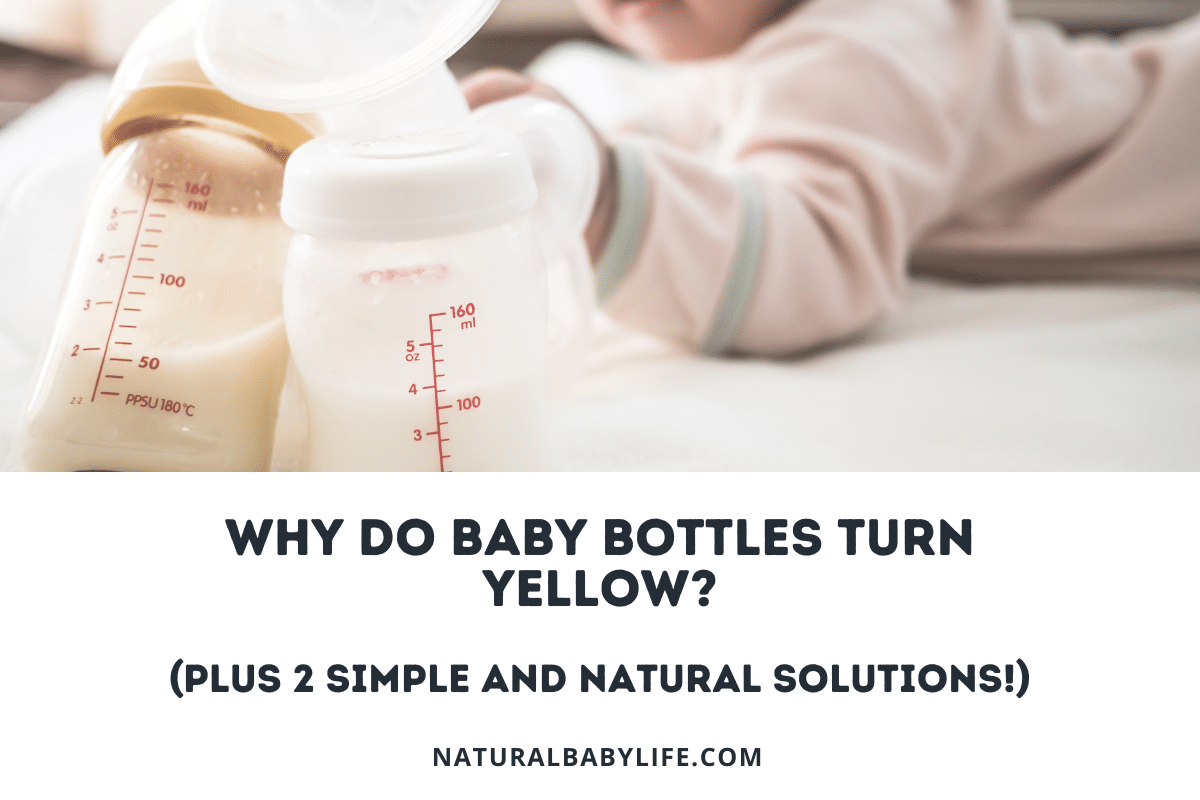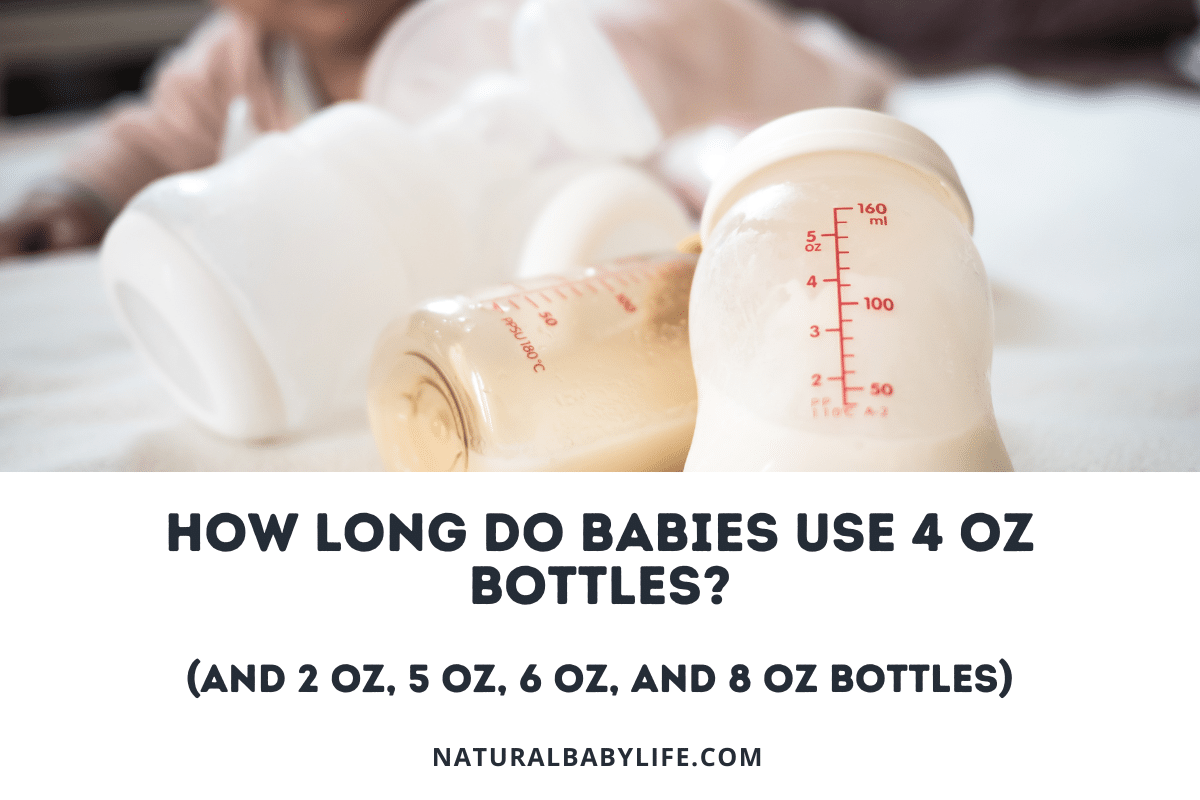You might think that preparing your little one’s formula will become second nature in no time, but portion sizes change quickly for a growing baby. Staying on top of your baby’s new formula requirements can be overwhelming and you might find yourself in need of a quick guide to know how many scoops of formula are necessary for your baby’s bottle.
Most types of baby formula require one scoop of powdered formula for every two ounces of water. However, it’s important to keep in mind that scoop sizes vary even within the different lines of a brand. While a one-time mistake shouldn’t cause harm, consistently giving your baby improperly prepared formula can lead to serious health consequences.
Continue reading for quick tips and safety guidelines for preparing your baby’s powdered formula.
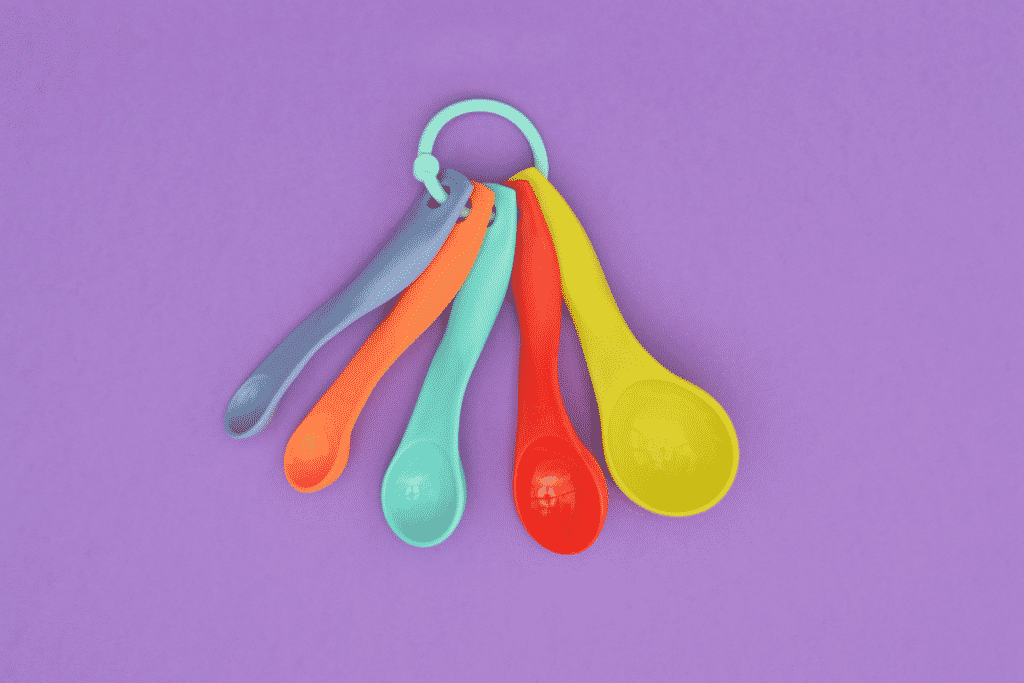
Table of Contents
How many scoops of formula do I need to make my baby’s bottle?
Baby formulas are developed to replicate the nutrients found in breast milk, providing little ones with everything they need to thrive in their first year. There are many baby formulas available on the market today. Though they share a common purpose, it’s important to remember not all formulas are the same.
When preparing your baby’s formula, the safest method is to follow the instructions detailed on the side of the formula can. These instructions can usually be found on the brand’s website as well. Most manufacturers require one scoop of powdered formula for every two ounces of water and though this ratio is common, scoop sizes vary from brand to brand.
Comparing popular brands, most scoop sizes are around 3.5 teaspoons, which is a little over 1 tablespoon. If you have lost or forgotten your formula scoop, making an educated approximation once shouldn’t pose a significant risk; however, consistently giving your baby diluted or over-concentrated formula can be dangerous.
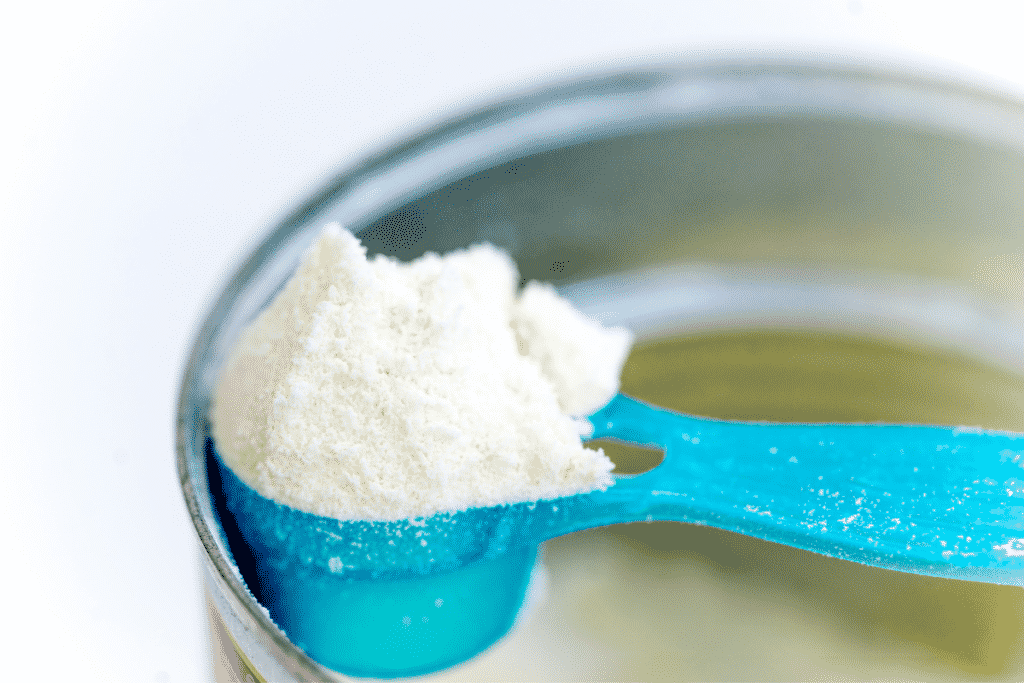
How to safely prep a bottle of powdered formula
Recipes and scoop sizes may vary between formula brands, but there are standard practices for safely preparing a bottle of any powdered formula.
To prepare a bottle of formula:
- Check your formula expiration date to ensure your formula is still good.
- Wash your hands and clean your countertop or prep area.
- Prepare clean bottles and bottle accessories.
- Determine how much formula you need and follow the instructions provided on your formula.
- Add your measured water to a clean bottle. (Any type of clean water will do. If you are concerned about the cleanliness of your water or fluorosis, discuss this with your pediatrician.)
- Add your powdered formula to the bottle, using the scoop provided with your formula.
- Place a nipple and cap on the bottle and shake well.
- If your baby prefers warm formula, warm your bottle in a water bath or bottle warmer. Never use a microwave.
Although it might be tempting to simply prep a bunch of formula bottles ahead of time, you’ll need to be mindful of the fact that prepared formula will go bad fairly quickly. Let’s check that out next!
How long does a bottle of formula last?
The task of preparing baby formula can seem endless, especially when your baby is eating every couple of hours.
Though you should avoid preparing bulk batches of formula, you can make formula preparation easier by reserving formula.
To do this safely, follow these guidelines for formula storage:
- Use prepared baby formula within two hours of preparation and within one hour from the start of the feeding.
- If you are not using the formula immediately, store it in the refrigerator for up to 24 hours.
- Never save formula from your baby’s unfinished bottle. Bacteria from your baby’s saliva can cause bacterial growth.
- Store formula in a cool, dry place with the lid secured.
- Many formulas must be used up within 1 month of opening the container. Check the formula label and consider recording the date it was opened.
- Never use powdered formula after the “Use By” or expiration date.
For additional information on baby formula expiration, see my article Baby Accidentally Drank Old Formula (Old Bottle or Expired Powder).
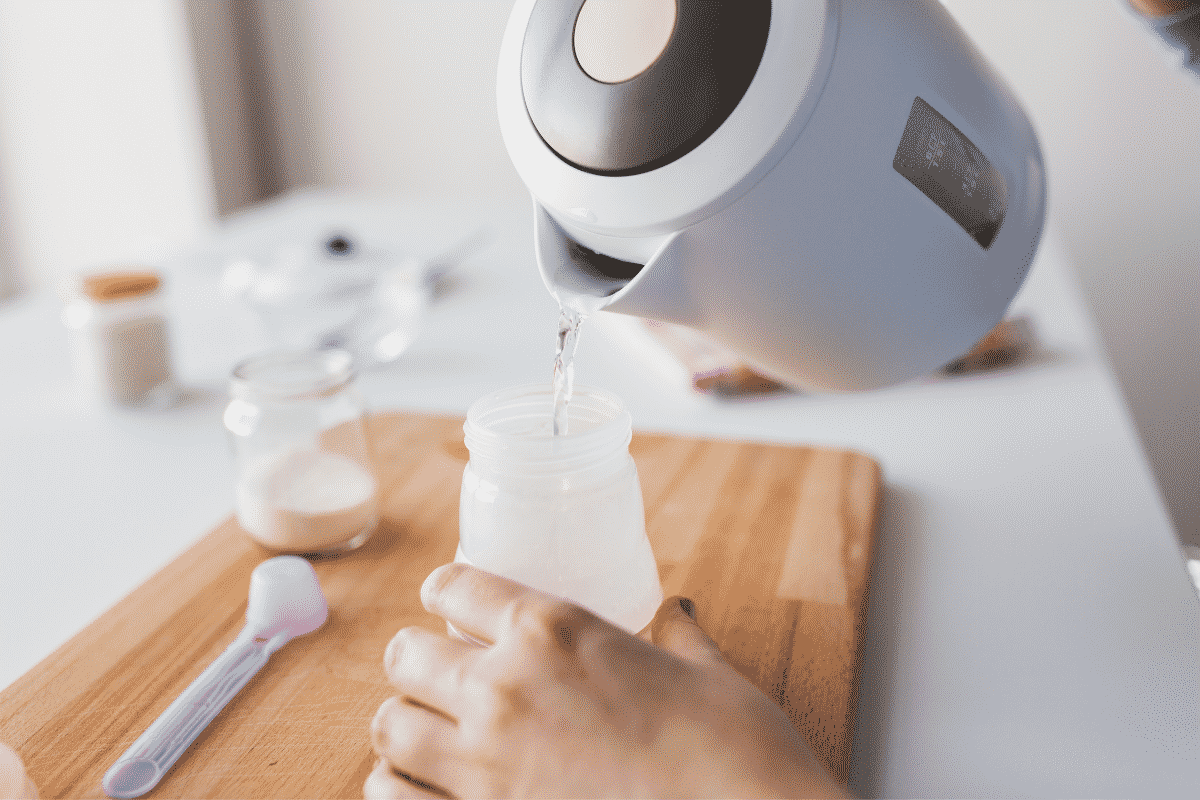
Are all baby formula brands the same?
The FDA regulates all baby formula to ensure that they meet specific nutrient guidelines. These guidelines include minimum or maximum ranges for nearly 40 nutrients; however, formula recipes can vary quite a bit while still satisfying these standards.
Differences between some baby formulas might simply be due to variability in brands’ recipes, raw materials, and manufacturing processes while other differences are more deliberate and related to health needs.
According to the American Academy of Family Physicians (AAFP), some variations between formulations include:
- Cow’s milk protein formula- is the basic formula recommended for most infants. These formula lines are made from cow’s milk that has been modified to mimic human breast milk.
- Hypoallergenic formula- is recommended for babies with dairy allergies or intolerances. These formulas contain partially or fully hydrolyzed proteins, which are easier to digest.
- Soy formula- can be given to babies with dairy allergies or intolerances. It is also a good option for vegan families.
- Lactose-free formula- can be recommended for babies who are lactose intolerant or sensitive to lactose. Though it is made from cow’s milk, the lactose, or milk sugar, has been removed and replaced with other sugars (typically corn syrup or sucrose).
- Anti-reflux or anti-spit up formula- is thicker than other formulas, which helps to prevent reflux. Special care must be taken when preparing this formula to ensure there are no lumps.
In contrast to the variety of baby formulas that address specific health needs, some formulas contain specialty ingredients to enhance the formula’s benefits.
Here is a list of common additions:
- Docosahexaenoic acid (DHA) and arachidonic acid (AA)- are omega fatty acids that are said to be good for brain and eye development; however, some studies show that these additions provide no benefit to formula-fed babies. Since there are no known adverse effects and DHA and AA are both found in breastmilk, they are still popular ingredients.
- Probiotics- are “good bacteria” that are sometimes added to formulas to improve babies’ gut health. Breastmilk contains a multitude of probiotics, and though these can’t be replicated, probiotic enhancements in formula can be beneficial.
- Prebiotics- contain non-digestible ingredients that promote the growth of healthy bacteria in the gut. Like probiotics, these are also found in large quantities in breastmilk.
- Nucleotides- are nitrogen compounds found in DNA and RNA. They are also abundant in breastmilk. Studies show that supplementing with nucleotides results in weight gain and brain growth.
- Lactoferrin- is a protein that is found in breastmilk that has antimicrobial and antioxidant properties.
- Milk Fat Globule Membranes (MFGM)- are composed of proteins, lipids, and sugars, which surround milk droplets. These membranes, which are typically removed during homogenization, have actually been seen to improve cognition in infants.
Whenever you are shopping for the right baby formula, always be sure to read the label closely to determine what kind of formula it is and whether or not it is suitable for your baby!
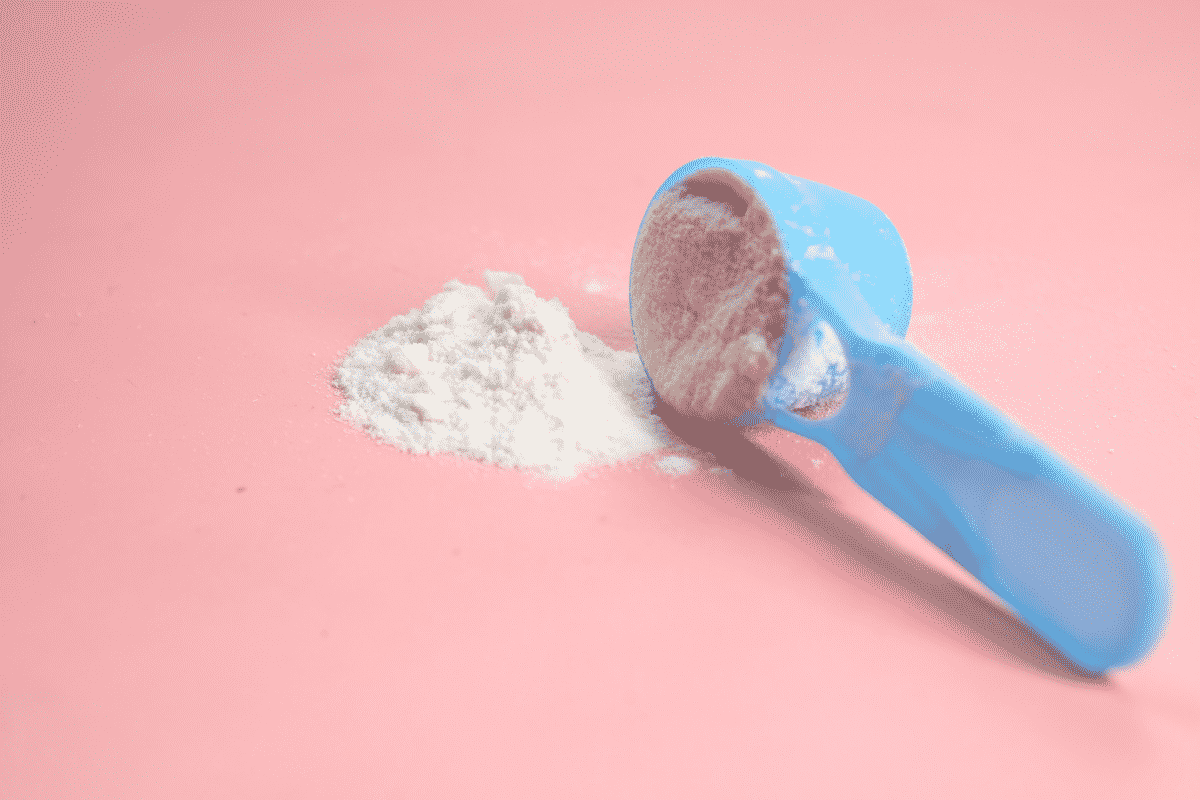
Things to consider when preparing powdered infant formula
Not all powdered formula brands are the same and it goes without saying that not all babies are the same either. When prepping your baby’s bottle, consider the following:
- If your baby was born premature or has specific medical needs, such as dietary restrictions, their pediatrician might recommend a different amount of formula.
- If you are supplementing formula in addition to nursing your baby, it is recommended to do separate feedings instead of mixing the breastmilk and formula together. You can give the baby a bottle of breastmilk first to ensure it’s not wasted.
Your baby’s feeding patterns are an important part of their overall health. If you have concerns or questions about your baby’s eating habits, be sure to reach out to your pediatrician.
How much formula does baby need?
Your baby’s formula intake will change a lot during their first year of life.
Newborns’ small bellies will fill up quickly, so they require small bottles, frequently. As babies get older, they can take bigger bottles and go longer between feedings.
Here is a chart detailing the general guidelines for infant feeding per the American Academy of Pediatrics:
General Guidelines for Infant Feeding
| Age | Formula Amount | Frequency |
|---|---|---|
| Newborn | 1-3 oz | Every 2-3 hours |
| 1-3 Months | 4-5 oz | Every 3-4 hours |
| 3-6 Months | 4-8 oz | Every 3-4 hours |
| 6-9 Months | 6-8 oz | Every 4-5 hours |
| 9-12 Months | 7-8 oz | Every 6-8 hours |
Of course, these are all just average expectations – some babies will naturally need a little more formula while others will need a little less.
Over time, you’ll learn how to better meet the needs of your baby and be able to plan better.
How many scoops of formula for baby’s bottle?
Preparation instructions vary depending on the brand; however, many popular brands use one scoop of formula per two ounces of water.
Though the 1:2 (powder to water) mixing ratio is common, it is important to remember that most scoop sizes are different. Using the wrong scoop can result in a diluted or over-concentrated formula.
Giving your baby the wrong amount of formula once or twice will probably not result in any adverse effects, but consistently making this mistake can be extremely dangerous. Dr. Lana Gagin, medical director of Spectrum Health’s Well Baby Unit, explains that incorrectly mixed formula can cause electrolyte disturbances, which can lead to neurological damage.
If you have lost the scoop to your formula, check out my article How Much Is A Scoop of Formula? (By Weight and Volume!).
Many parents will admit that the math involved in preparing their baby’s bottles can be puzzling, especially during those sleepless nights. Here is a chart to make this process easier (based on Similac’s powdered formulas):
How many scoops of formula per ounce of water
| Amount of Formula | Powder Formula (Number of Scoops) | Amount of Water (By Fluid Ounce) |
|---|---|---|
| 1 fl oz of formula | .5 | 1 |
| 2 fl oz of formula | 1 | 2 |
| 3 fl oz of formula | 1.5 | 3 |
| 4 fl oz of formula | 2 | 4 |
| 5 fl oz of formula | 2.5 | 5 |
| 6 fl oz of formula | 3 | 6 |
| 7 fl oz of formula | 3.5 | 7 |
| 8 fl oz of formula | 4 | 8 |
| 9 fl oz of formula | 4.5 | 9 |
| 10 fl oz of formula | 5 | 10 |
Preparing an odd number of ounces requires a half scoop, which can be hard to measure precisely. To avoid diluting or over-concentrating your baby’s formula, consider bumping up to the nearest even number and reserving the extra ounce, or use a kitchen scale to ensure you are using the appropriate amount of powdered formula.
How to prep a bottle of liquid concentrate infant formula
Unlike powdered formula, liquid concentrate infant formula is usually prepared by mixing equal parts formula and water. However, it’s important to always check the instructions on the formula before prepping your baby’s bottle. In most cases, you can prepare the bottle of concentrated infant formula with the following steps:
- First, clean off the top of the can and shake before opening
- Measure the amount of concentrated formula you need and pour into a clean bottle
- Add an equal amount of water (according to the instructions) and shake your baby’s bottle well.
- Cover the liquid concentrate container and place in the fridge for up to 48 hours
After mixing the formula, you can feed it to your baby immediately or refrigerate it for up to 48 hours. Remember not to put the leftover bottle back in the fridge after your baby drinks from it.
How to prep a bottle of ready-to-feed infant formula
As you can imagine, ready-to-feed infant formula is the most simple to prepare. This means it’s also the most expensive option. The ready-to-feed infant formula typically comes in single servings of different sizes such as 2, 6, or 8 ounces. You can also purchase a larger container of 32 ounces.
If you’re using the single serve option, simply prep the bottle using the included bottle nipple or pour it into your own bottle. You can feed it to your baby immediately or place it in the fridge for up to 24 hours. When using the larger, 32 ounce container, pour the right amount into a clean bottle and feed it to your baby right away or place it in the fridge for up to 24 hours.

